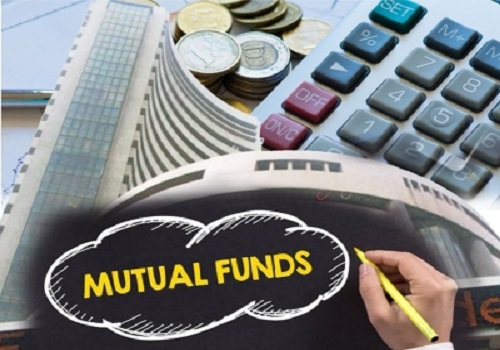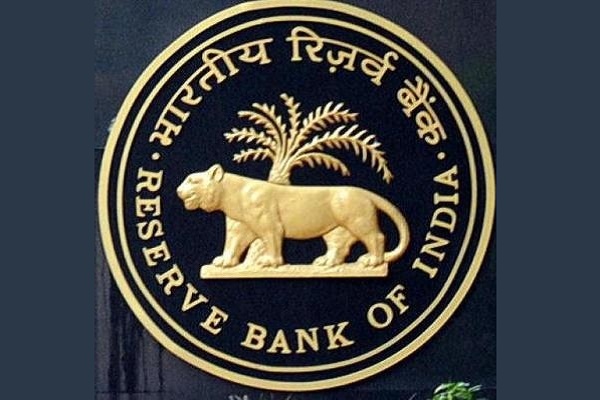Real Estate Sector Update : Ready reckoner catching up with realization growth over past two years By Motilal Oswal Financial Services Ltd

Ready reckoner catching up with realization growth over past two years
Maharashtra hikes property circle rates by 3.9%
* On April 1, 2025, the Maharashtra government announced an increase in the Ready Reckoner (RR) rates for the financial year 2025-26. RR rates are the government’s prescribed property valuation benchmarks used to calculate stamp duty, registration fees, and other property-related taxes.
* These rates play a crucial role in real estate transactions, as they determine the minimum property valuation for taxation purposes. The increase in RR rates is expected to have a direct impact on property buyers and developers, potentially leading to higher transaction costs.
RR rate hike across different cities
* Mumbai: The state’s financial capital will see a 3.39% rise in RR rates, marking one of the lowest increases across Maharashtra. In contrast, the rest of the state will witness a higher average increase of 3.89%, with some cities experiencing even sharper hikes. Notably, Navi Mumbai, Thane, and Nashik will see rates rise by as much as 10.17%, making property transactions significantly costlier in these regions.
* Urban vs. rural rates: While the overall average RR rate hike across the state stands at 3.89%, urban areas governed by municipal corporations will experience a more substantial increase of 5.95%. This is expected to affect cities with high real estate activity, leading to a potential rise in property prices and transaction costs. Meanwhile, Mumbai’s hike of 3.39% is the second lowest in the state, following Nanded, where the increase is even lower.
* Highest RR rate hikes: Among the cities witnessing the steepest rise in RR rates, Solapur tops the list with a massive 10.17% increase. This is followed by Ulhasnagar (9%), Amravati (8.03%), and Thane (7.72%). The significant hikes may impact real estate investments in these regions, especially for homebuyers and developers.
Expect nominal impact of RR rates on OCF margins
* OBER: The Mumbai-based developer Oberoi Realty is preparing to launch its luxury project in the NCR, which is projected to contribute 12-15% to its total portfolio sales starting from FY26. The remaining 85-88% will continue to stem from its Mumbai-based developments. The rise in RR rates in Mumbai is expected to exert pressure on the group’s overall blended margin, reducing it by ~2.0%.
* SRIN: Sunteck Realty expects ~75% of its future sales to be derived from its Mumbai projects, while the remaining 25% is attributed to the upcoming Dubai launch. At a blended level, the company will see a decline of ~1.7% in its overall margins due to an increase in RR.
* LODHA: The company is projected to generate 85% of its sales from FY26 onwards through its Mumbai-based projects, with the remaining 15% coming from its developments in Pune and Bengaluru. The overall portfolio margins are expected to contract 2.2% due to the impact of revised RR rates.
* MLDL: Mahindra Lifespace’s portfolio is predominantly concentrated in Mumbai and Pune, accounting for ~80% of its overall sales. The remaining 20% originates from NCR, Chennai, and other key regions. Due to the rise in RR rates, MLDL is expected to see a 1.7% reduction in its blended margins in the coming years.
* KPDL: Kolte Patil’s revenue distribution is heavily skewed toward Maharashtra, with 90-95% of its sales generated from projects within the state. The remaining 5-10% comes from other regions. The company expects its blended margins to decline 2.2%, aligning with the broader industry trend.
* DLF: DLF is poised to derive ~18% of its future project sales from its upcoming development in the MMR, while the remaining sales will be driven by projects in Delhi NCR and Goa. The anticipated contraction in overall margins is negligible at 0.6%, a reduction that is expected to be absorbed seamlessly over the project lifecycle.
* GPL: Godrej Properties estimates that 22% of its future sales will be sourced from Maharashtra, specifically from MMR, Nagpur, and Pune, with the remaining 78% coming from other regions. The impact of RR rate hikes on blended margins is expected to be minimal, with a projected decline of 0.6%.
* PEPL: With 47% of its anticipated project sales coming from Mumbai, Prestige Estates is expected to be among the least affected developers, with OCF margins expected to decline by a modest 0.8%.
* ARCP/BRGD/PHNX/SIGNATUR/SOBHA: Developers such as Anant Raj, Brigade Enterprises, Phoenix Mills, Signature Global, and Sobha Limited have minimal to no exposure in Maharashtra, rendering the RR rate increase inconsequential to their OCF margins.
* Overall, across the coverage universe, the increase in RR rates will have no impact on the projects already completed. Only those under construction are expected to showcase a rise in cost.
Implications of revision in RR rates
* The Maharashtra government periodically updates RR rates to align with prevailing market trends and uphold a fair, transparent taxation framework for real estate transactions. These rates, which serve as the government’s benchmark property valuations, are crucial in determining stamp duty, registration charges, and other real estate-related taxes.
* In its latest revision, the government has increased RR rates to bring official property valuations closer to actual market prices. While this upward adjustment will result in higher stamp duty and taxation costs for both buyers and sellers, it is not expected to cause immediate disruptions in property sales. Developers have already accounted for price escalations in their project pricing over the past two years, ensuring that the market is prepared to absorb the impact over the natural course of the project lifecycle.
* The revised RR rates take immediate effect and are expected to shape market dynamics throughout the financial year 2025-26. All key stakeholders - property buyers, sellers, investors, and developers will need to reassess their financial planning, pricing strategies, and investment decisions in light of these adjustments.
* Although the increase in government-assessed property values may lead to a marginal rise in transaction costs, industry experts remain optimistic that the overall impact on market demand and sales will be limited. Given that the sector has already adapted to rising property prices over the past two years, the revised RR rates are unlikely to significantly alter buyer sentiment. However, stakeholders must continue to monitor market movements and strategically navigate these regulatory changes to optimize their investments and maintain financial efficiency.
* Additionally, the upward revision of RR creates a level playing field for tier I developers by reducing cash transactions within the system.
* We remain cautiously positive on the sector and have a BUY rating on ARCP, BRGD, DLFU, GPL, KPDL, LODHA, PEPL, SIGNATUR, SOBHA, and SRIN. Meanwhile, we have a Neutral rating on MLDL, PHNX, and OBER. We prefer BRGD, PEPL, and SIGNATUR as our top picks.
For More Research Reports : Click Here
For More Motilal Oswal Securities Ltd Disclaimer
http://www.motilaloswal.com/MOSLdisclaimer/disclaimer.html
SEBI Registration number is INH000000412










More News

IT Sector Update : Liberation Day and Indian IT: Breaking point or turning point? by Motilal...














